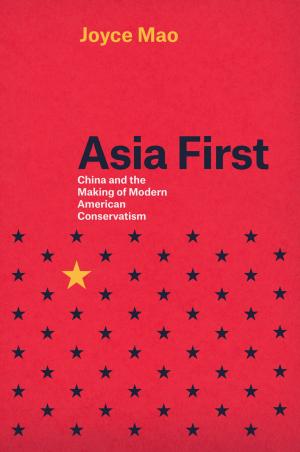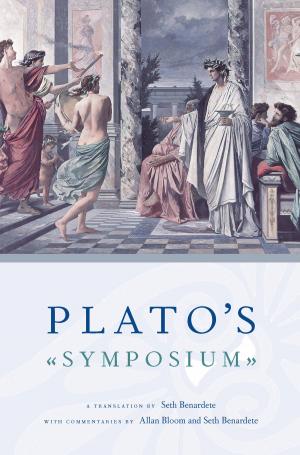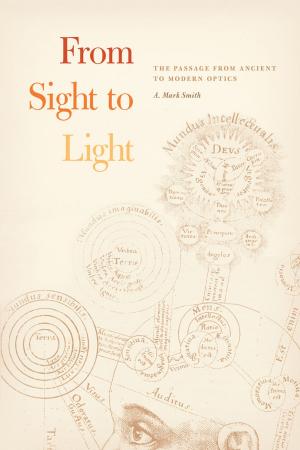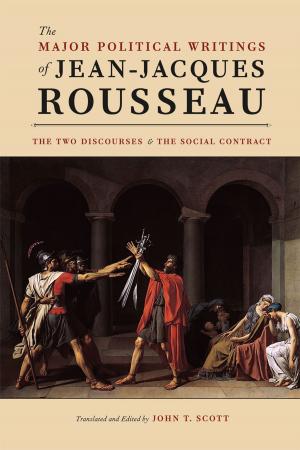Conjugations
Marriage and Form in New Bollywood Cinema
Nonfiction, Entertainment, Performing Arts, Film| Author: | Sangita Gopal | ISBN: | 9780226304274 |
| Publisher: | University of Chicago Press | Publication: | January 26, 2012 |
| Imprint: | University of Chicago Press | Language: | English |
| Author: | Sangita Gopal |
| ISBN: | 9780226304274 |
| Publisher: | University of Chicago Press |
| Publication: | January 26, 2012 |
| Imprint: | University of Chicago Press |
| Language: | English |
Bollywood movies have been long known for their colorful song-and-dance numbers and knack for combining drama, comedy, action-adventure, and music. But when India entered the global marketplace in the early 1990s, its film industry transformed radically. Production and distribution of films became regulated, advertising and marketing created a largely middle-class audience, and films began to fit into genres like science fiction and horror. In this bold study of what she names New Bollywood, Sangita Gopal contends that the key to understanding these changes is to analyze films’ evolving treatment of romantic relationships.
Gopalargues that the form of the conjugal duo in movies reflects other social forces in India’s new consumerist and global society. She takes a daring look at recent Hindi films and movie trends—the decline of song-and-dance sequences, the upgraded status of the horror genre, and the rise of the multiplex and multi-plot—to demonstrate how these relationships exemplify different formulas of contemporary living. A provocative account of how cultural artifacts can embody globalization’s effects on intimate life, Conjugations will shake up the study of Hindi film.
Bollywood movies have been long known for their colorful song-and-dance numbers and knack for combining drama, comedy, action-adventure, and music. But when India entered the global marketplace in the early 1990s, its film industry transformed radically. Production and distribution of films became regulated, advertising and marketing created a largely middle-class audience, and films began to fit into genres like science fiction and horror. In this bold study of what she names New Bollywood, Sangita Gopal contends that the key to understanding these changes is to analyze films’ evolving treatment of romantic relationships.
Gopalargues that the form of the conjugal duo in movies reflects other social forces in India’s new consumerist and global society. She takes a daring look at recent Hindi films and movie trends—the decline of song-and-dance sequences, the upgraded status of the horror genre, and the rise of the multiplex and multi-plot—to demonstrate how these relationships exemplify different formulas of contemporary living. A provocative account of how cultural artifacts can embody globalization’s effects on intimate life, Conjugations will shake up the study of Hindi film.















